Sportwissenschafter
Clean eating is considered a healthy diet that avoids highly processed foods and focuses instead on whole foods. Clean eating, literally translated as pure or clean eating, is said to have a positive effect on health. But how healthy is clean eating really? And how can you integrate it into your healthy breakfast?
What is Clean Eating?
Clean eating is considered a healthy lifestyle diet. But what exactly makes this diet a health promise for many people?
Basically, Clean Eating is about consuming foods that are as unprocessed and wholesome as possible. Highly processed products or artificial ingredients should be avoided as much as possible. Everything together should lead to more well-being and energy.
How healthy is Clean Eating?
Now, of course, you could ask yourself how healthy Clean Eating really is. Is it simply one of many diets or is there perhaps more to it than that?
In fact, it seems to be the latter. Because, as mentioned earlier, it makes perfect sense from a health point of view to follow the basic rules. A high nutrient density and measured amounts of calories from foods that are not processed and as natural as possible can do no harm at all. Too much sugar or empty calories without important vitamins and minerals, on the other hand, would not necessarily be recommended.
Clean Eating – These are the advantages
From a health perspective, it makes sense to prefer less processed foods over more processed products. This is because processed products usually contain a lot of calories, large amounts of unhealthy fats and plenty of salt and sugar. All of this is meant to optimise taste, but provides some nutritional compounds that are harmful to health.
Low-processed foods, on the other hand, ideally have a high nutrient density and therefore plenty of healthy micronutrients. Here is a brief summary of the main benefits:
- Less highly processed foods
- Less sugar, salt and unhealthy fats
- Higher nutrient density
- Plenty of vitamins, minerals and phytochemicals
- Fibre for healthy digestion
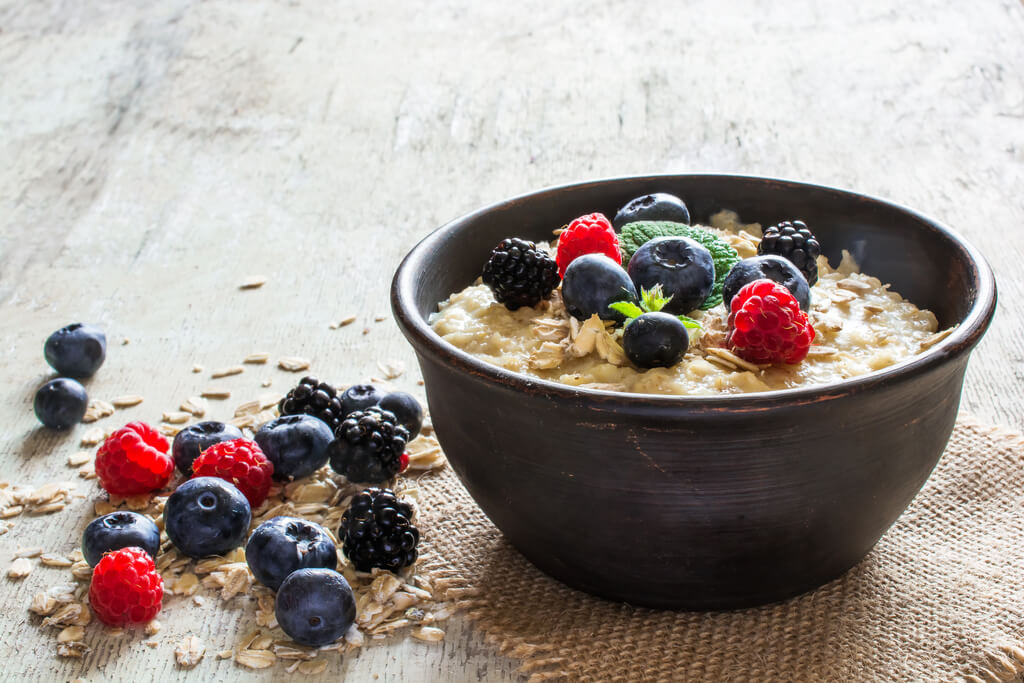
All this together ideally means more energy for the day, no unnecessary slumps or cravings during the day and a generally higher sense of well-being.
Clean Eating – potential disadvantages
However, Clean Eating is not a panacea. Avoiding processed foods does not mean that the diet is healthy. In addition, the targeted abstention and the strong examination of one’s own diet can lead to eating disorders.
To prevent this from happening to you, you should not view the concept of clean eating too narrowly. Because as we all know, the dose makes the poison. Resorting to the principles of clean eating can be extremely helpful in making your diet healthier. However, deliberately avoiding some foods completely and considering them extremely unhealthy is overshooting the mark.
The most important basic rules of Clean Eating
In order to see how healthy Clean Eating really is, the basic rules of the dietary form should be briefly explained. The primary aim is to classify the foods according to their health benefits – should they rather be avoided or preferred?
These are the foods you should avoid
Let’s start with the foods that you should largely avoid if you want to eat clean. We have divided the foods in the left column into groups. In the right column you will find the reason for the recommendation to reduce these products in your diet.
| foods to avoid | reason for recommendation |
| ready meals (e.g. canned ravioli) | lots of salt, sugar and often with artificial ingredients. |
| packaged cheese | often contains artificial colours and flavours |
| sausages | plenty of salt, unhealthy fats and artificial ingredients |
| soft Drinks | abundant sugar or artificial sweeteners |
| nutella, jam, etc. | high in sugar, low in vitamins and minerals |
| sweetened dairy products (e.g. fruit yoghurt) | high in sugar |
| snacks (e.g. crisps or salt sticks) | high in salt, high in calories and low in nutrients |
| biscuits, cakes and sweet pastries | lots of fat, sugar and hardly any fibre |
The table is, of course, only a selection of foods considered unhealthy. There are always more comprehensive lists, but it is more important to understand the reasons for abstaining than to simply blindly abstain from certain products just because they are on a list.
After all, it’s all about the nutrients, as they fulfil important functions in the body and have an influence on our health and well-being. Too much sugar, for example, causes blood sugar levels to rise sharply and can lead to unwanted cravings. The same applies to carbohydrate-rich foods with small amounts of fibre.
In summary, it is a matter of avoiding foods that are either rich in unhealthy nutrients or deficient in healthy nutrients as much as possible.
These Clean Foods are considered particularly healthy
This summary also indirectly explains what these healthy foods are. They are also called clean foods and include those foods that are rich in healthy nutrients and poor in unhealthy ones.
| clean Foods | reason for recommendation |
| fruits and vegetables | high nutrient density and thus plenty of vitamins and minerals, yet low in calorie |
| pulses (e.g. lentils or beans) | healthy fibre, minerals and high in protein |
| nuts and seeds | fibre, protein and healthy fatty acids |
| vegetable fats | healthy fatty acids |
| whole grain products | Complex carbohydrates and high in fibre |
| pseudocereals (e.g. quinoa or bulgur) | complex carbohydrates and high in fibre and protein |
| unsweetened dairy products (e.g. natural yoghurt) | Rich in minerals and full of protein |
| eggs, fish and meat (organic quality) | protein-rich, partly healthy fatty acids such as omega-3 fatty acids |
Again, it is important to understand the reasons for the recommendation and not to blindly follow the list on principle. Eggs, fish and meat, for example, are on the list of clean foods, but eating them in large quantities does not correspond to the current nutritional recommendations from science.
After all, it’s all about the ingredients. And even though fish contains healthy omega-3 fatty acids, it is not necessarily recommended to eat it every day. One to two portions per week, for example, is a common recommendation if the omega-3 fatty acids are not supplied via another source.
Is Clean Eating vegan?
As you can see from the table, the list does not only include plant-based products, but they are not at the top of the table for nothing. This is because plant-based foods form the basis of the diet.
Of course, you can also adapt the Clean Eating diet to your current diet and completely avoid animal products. With a vegetarian and especially with a vegan diet, however, you should bear in mind that by doing without, a few micronutrients are also consumed in reduced quantities. For example, vitamin B12 supplementation or the intake of omega-3-rich vegetable oils could be useful.
Losing weight with Clean Eating – does it work?
However, many people not only associate their diet with the health aspect, but also promise themselves a slim figure from it. It is therefore not surprising that many people aim to lose weight with the Clean Eating diet. But can it work?
The answer is the same as for other diets. Yes, Clean Eating can help you lose weight – No, Clean Eating is not a miracle cure for the dream figure.
How to lose weight with Clean Eating
As with all other diets, the goal should not be to lose as much weight as possible in as short a time as possible. Instead, long-term healthy diets are about being able to stick to the diet in the long term.
Too much restriction can be promising in the short term. In the long run, however, they are almost never successful and sometimes even harbour serious health risks. These start with the yo-yo effect and extend to serious eating disorders.
In order to lose weight in a healthy way and to benefit from it in the long term, you should take the following tips to heart:
- Choose a diet that suits your lifestyle.
- Do not restrict yourself too much
- Be creative and try out a variety of vegetables.
- Be aware that healthy weight loss takes time.
Clean eating at breakfast
If you want to eat healthy and use clean foods, it’s best to start with breakfast. Healthy oat flakes, vitamin-rich fruits or fibre-rich chia seeds are among the clean foods that you can easily integrate into your breakfast.
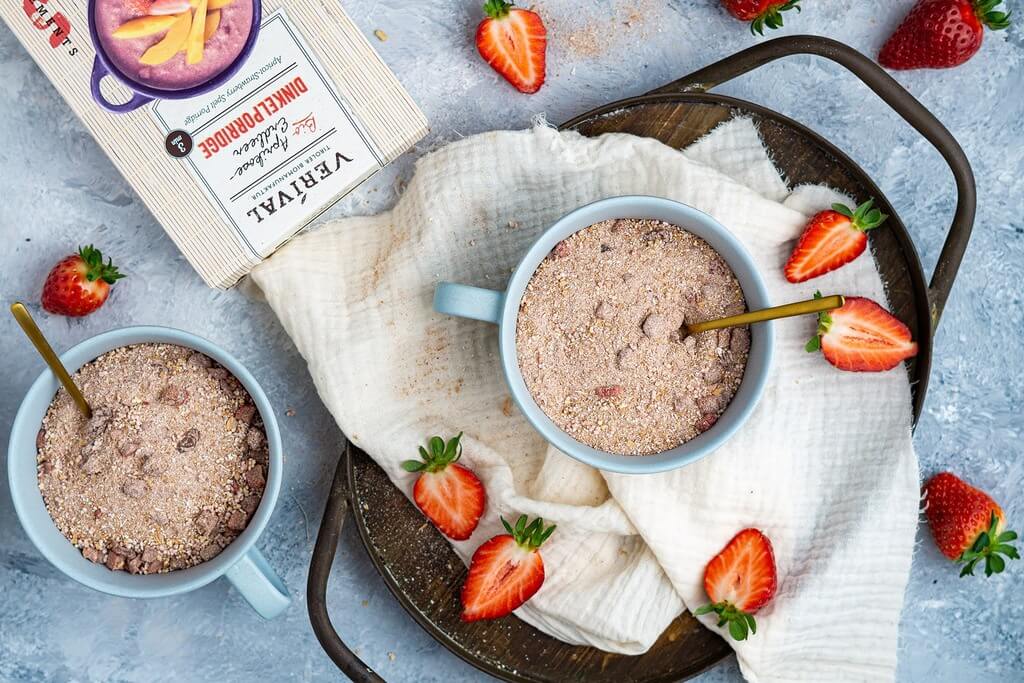
A delicious porridge full of fibre-rich oat flakes and vitamin-rich berries as a topping, for example, can provide the ideal start to your healthy day.
Clean Eating Breakfast Ideas
Below you will find a few more recipes as inspiration for your Clean Eating breakfast.
Basic recipe: Oatmeal
Ingredients
- 250 ml milk or a plant-based alternative
- 50 g oat flakes
- A pinch of salt
- 2 tbsp honey or agave syrup
- 1/2 tbsp cinnamon
Instructions
- Heat up the oat flakes with a pinch of salt and the sweetener of your choice (honey or agave syrup) in the milk or plant-based drink (do not forget to stir well).
- Let the porridge steep for 3 minutes.
- Put the porridge into a bowl and sprinkle it with cinnamon.
- Enjoy!
Nutrition
Porridge balls
Ingredients
- 60 g Bircher Porridge (or any other Verival Porridge)
- 1 grated carrot
- coconut chips
- 3 minced dates
- some water or milk
Instructions
- Mix all ingredients well.
- Then form small balls from the dough.
Nutrition
Conclusion: Balance is also important with Clean Eating
Ultimately, Clean Eating should not be about avoiding some foods at all costs. Instead, the focus should be on healthy products that are as wholesome as possible. This will help your body get more healthy nutrients.
Reducing the amount of highly processed and sugary foods can help you get health benefits from the diet. However, this should not lead to compulsive abstinence. Rather, it is about finding a healthy balance and developing a feeling for the products and their health effects.
Recommended articles
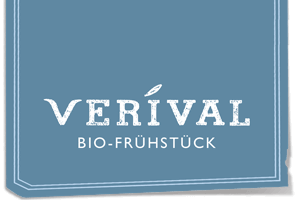




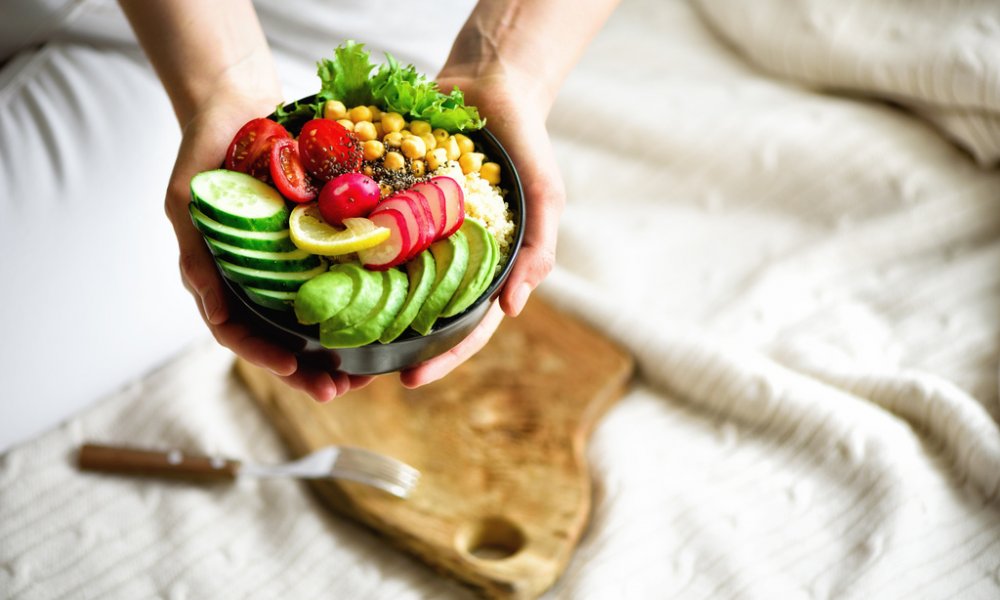
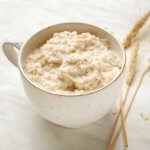
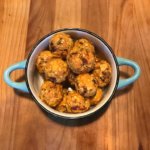
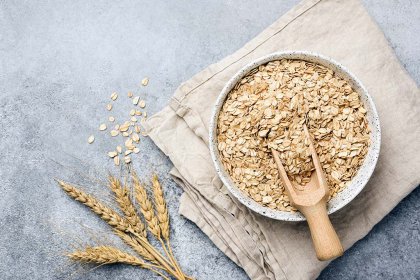
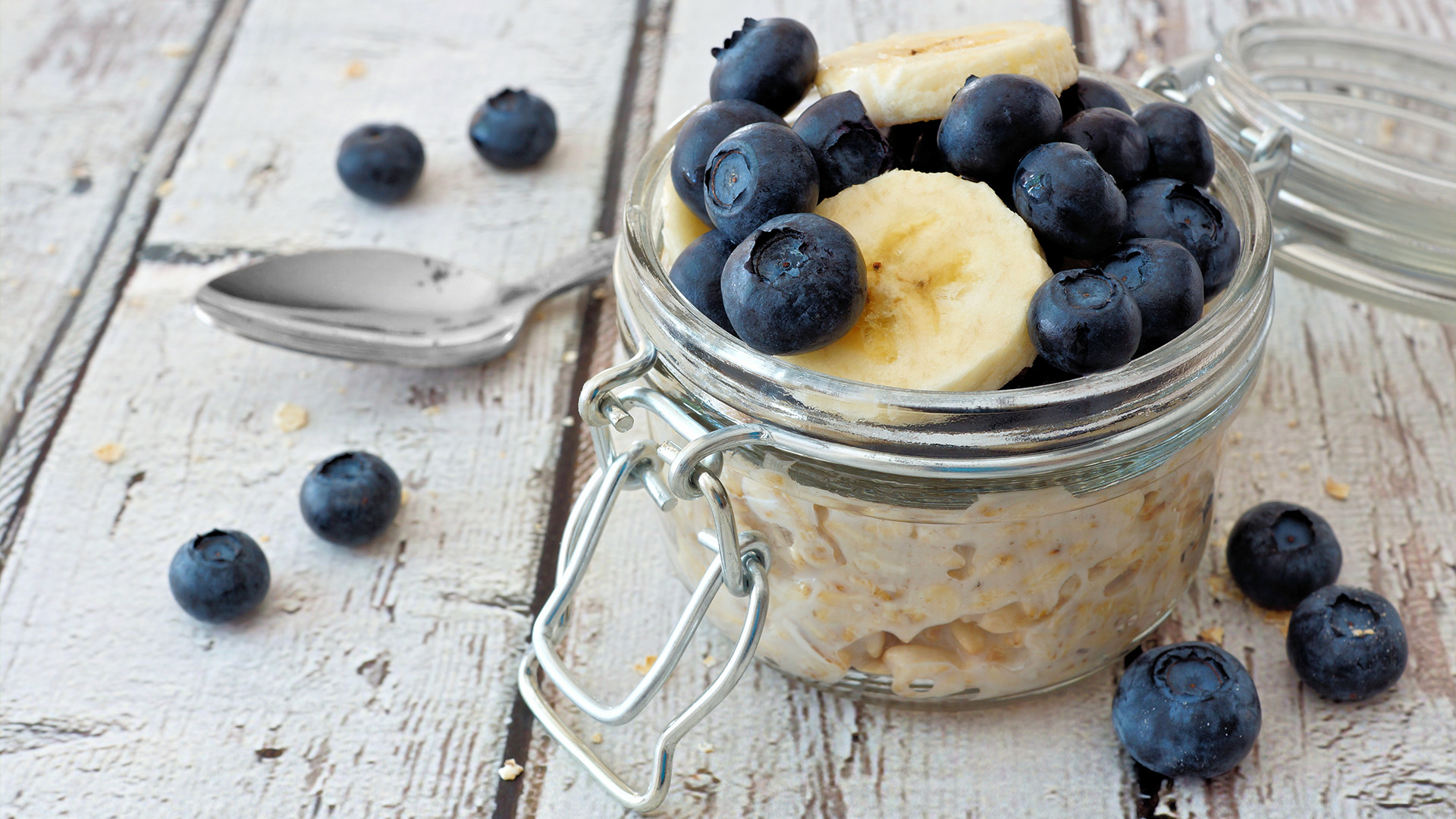
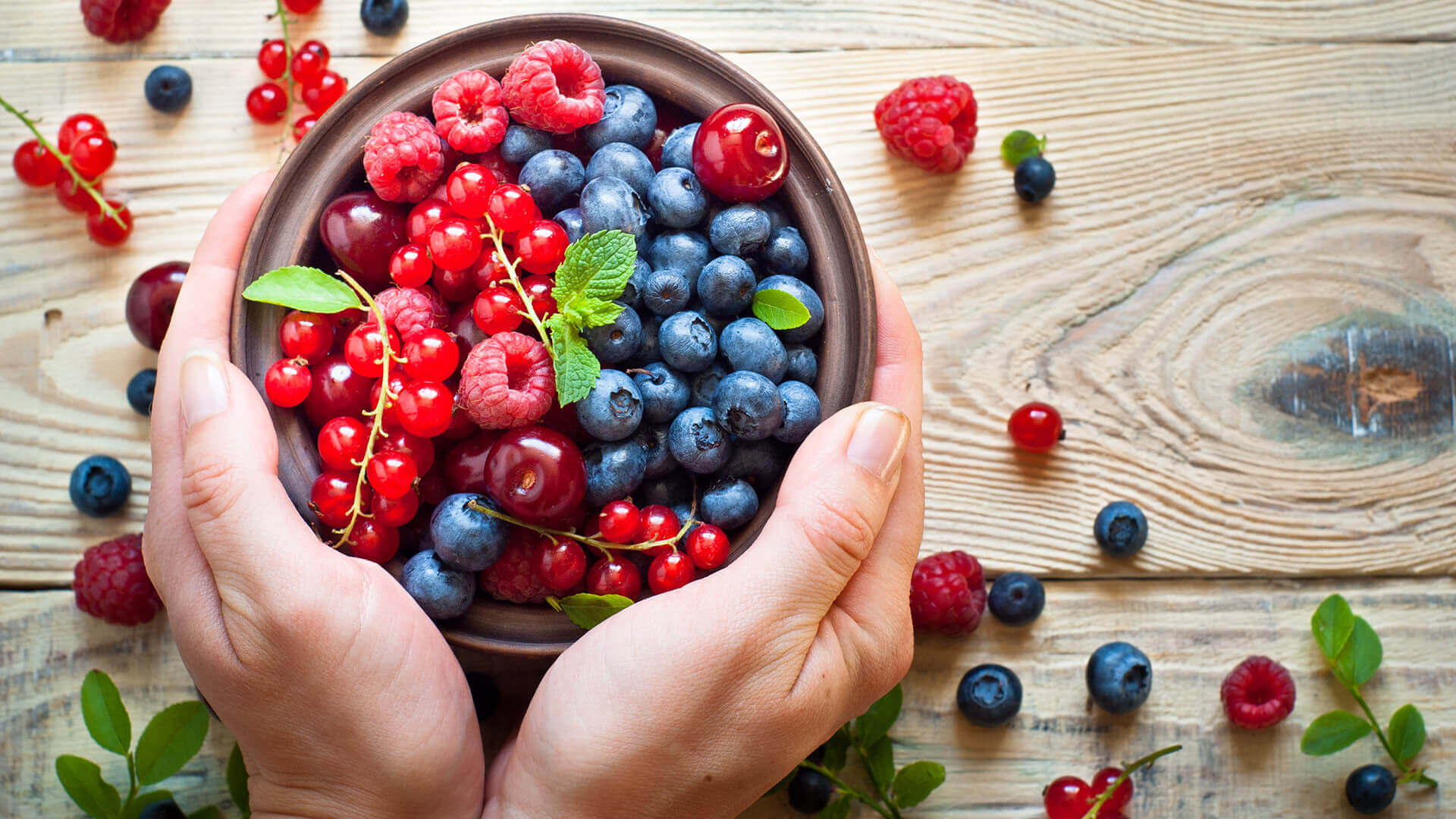
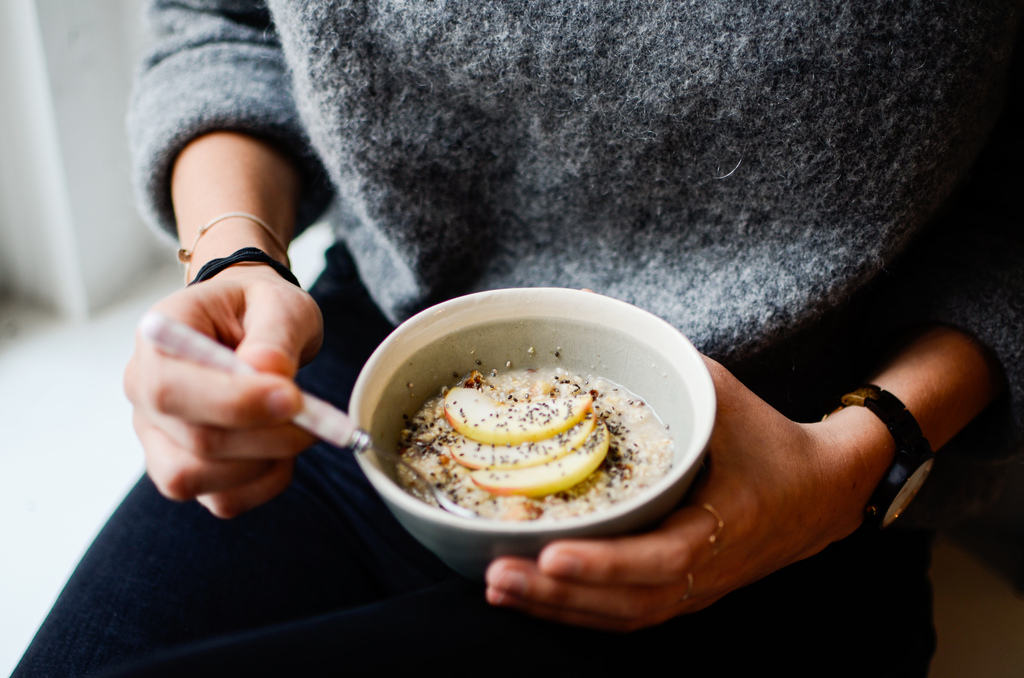
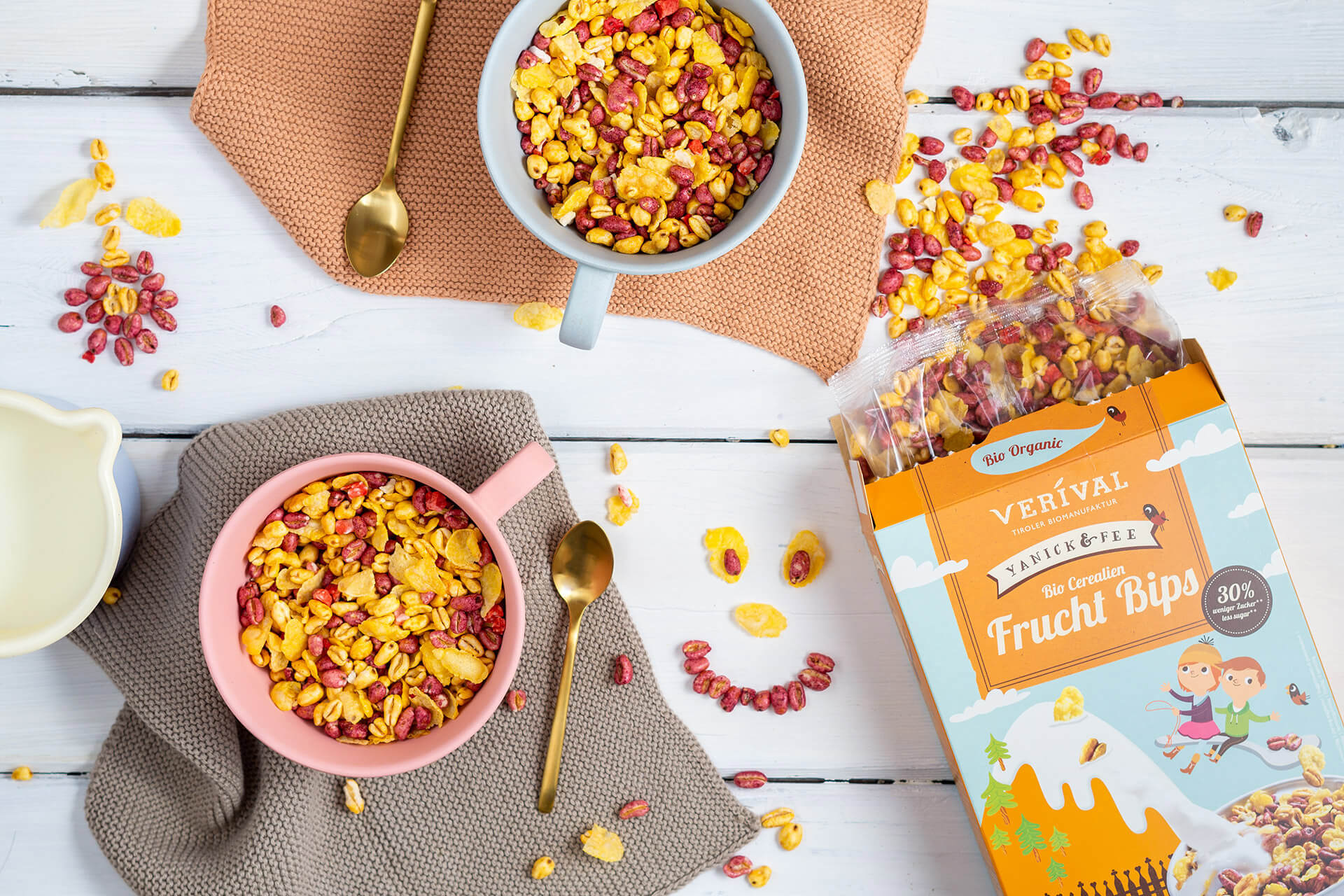
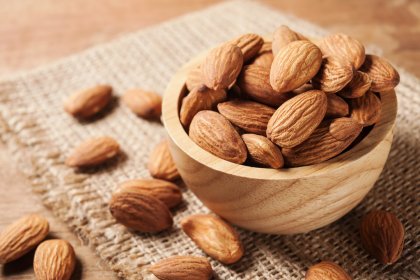
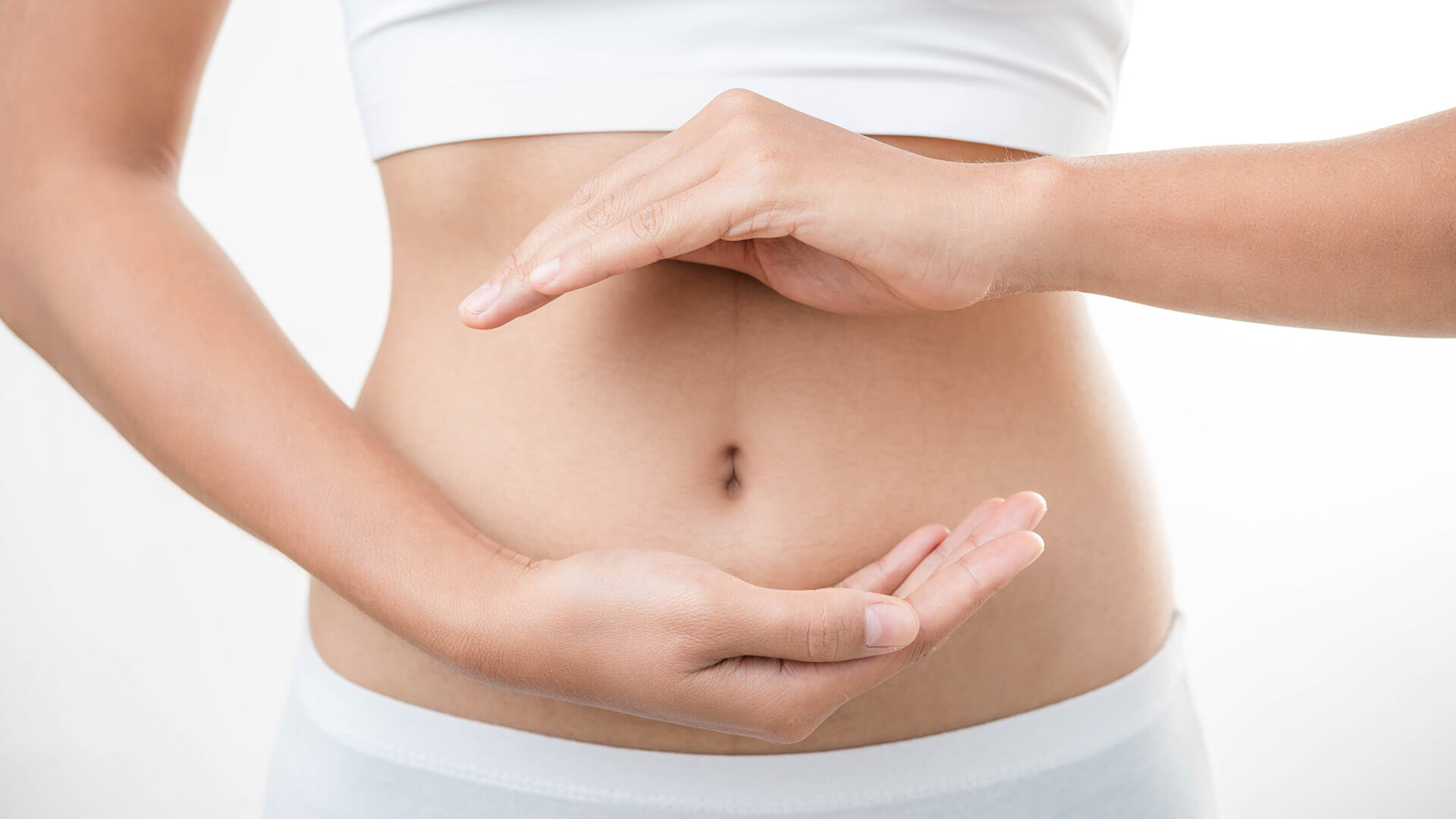
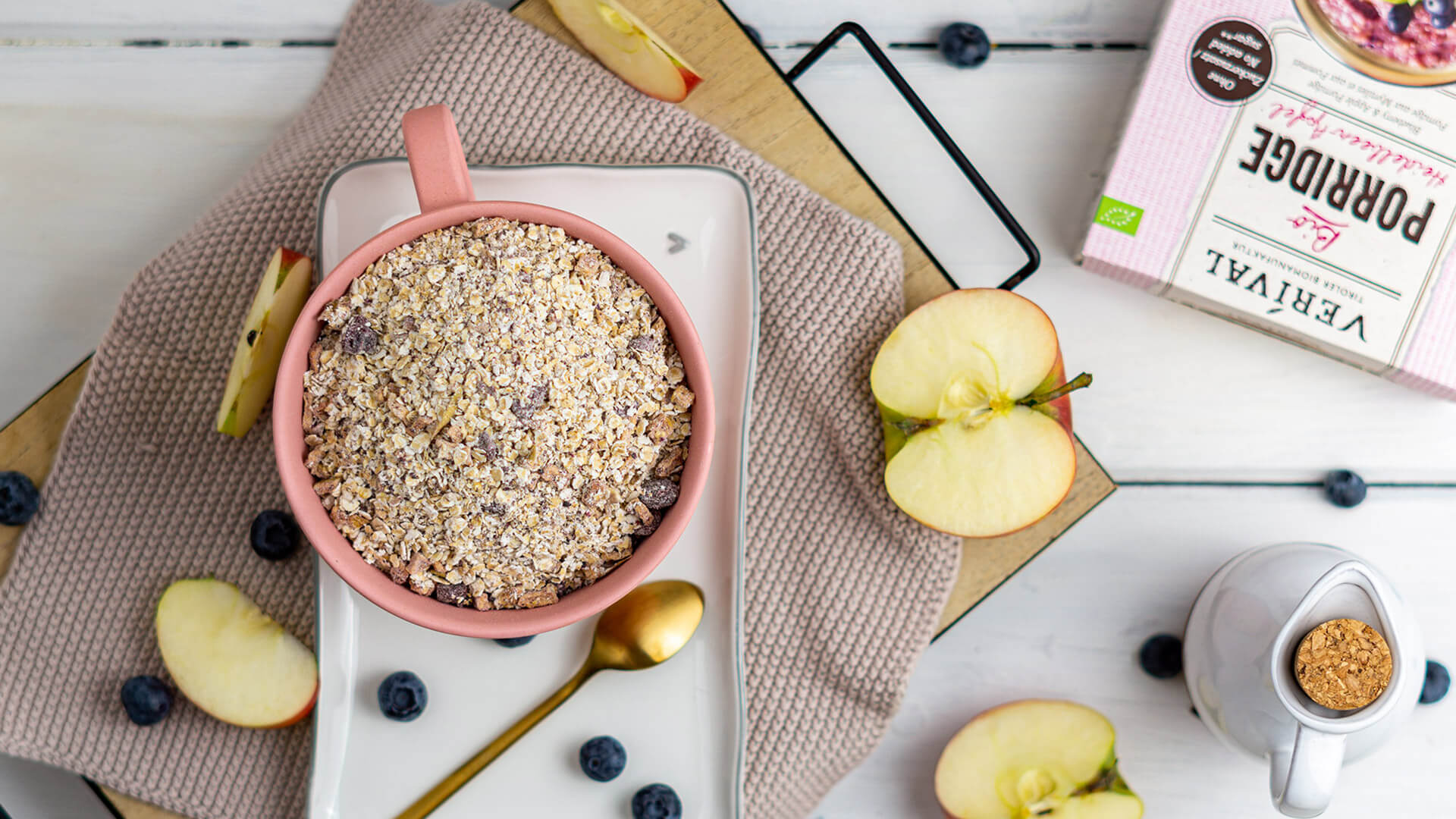
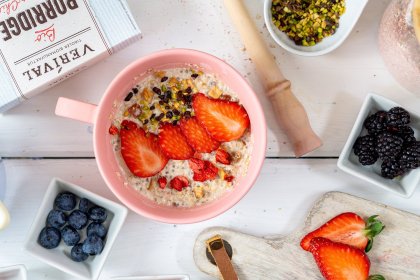
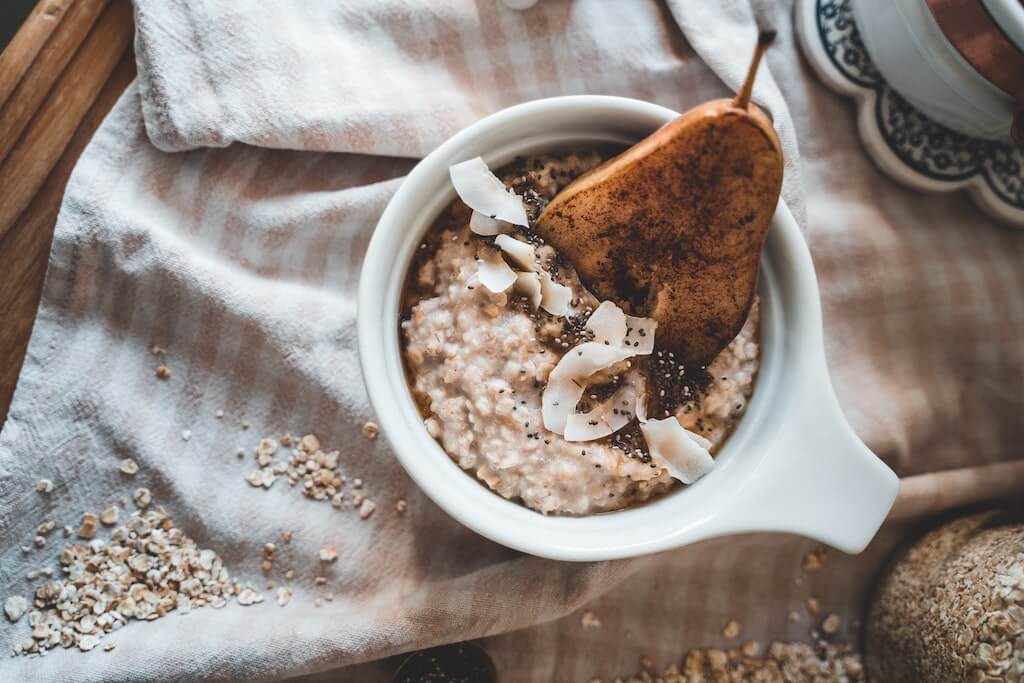
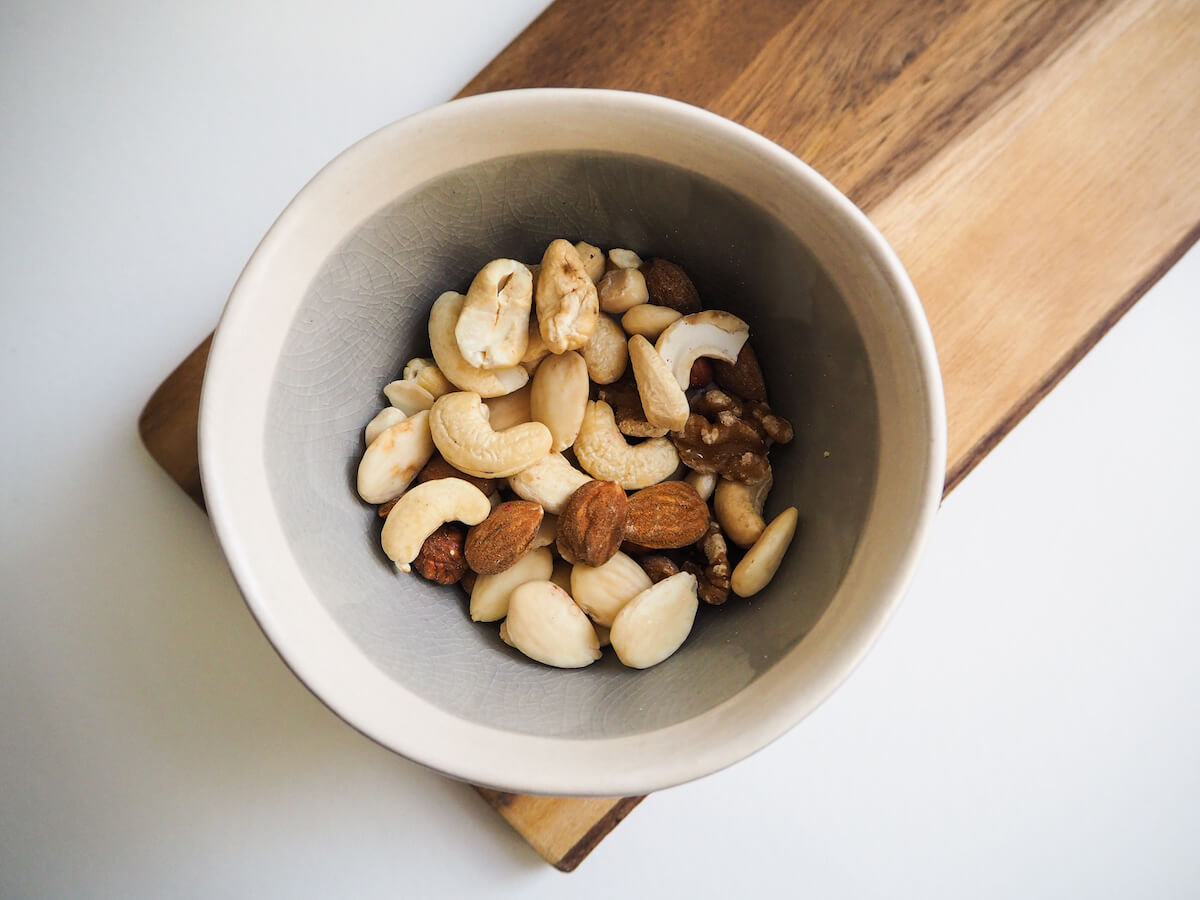

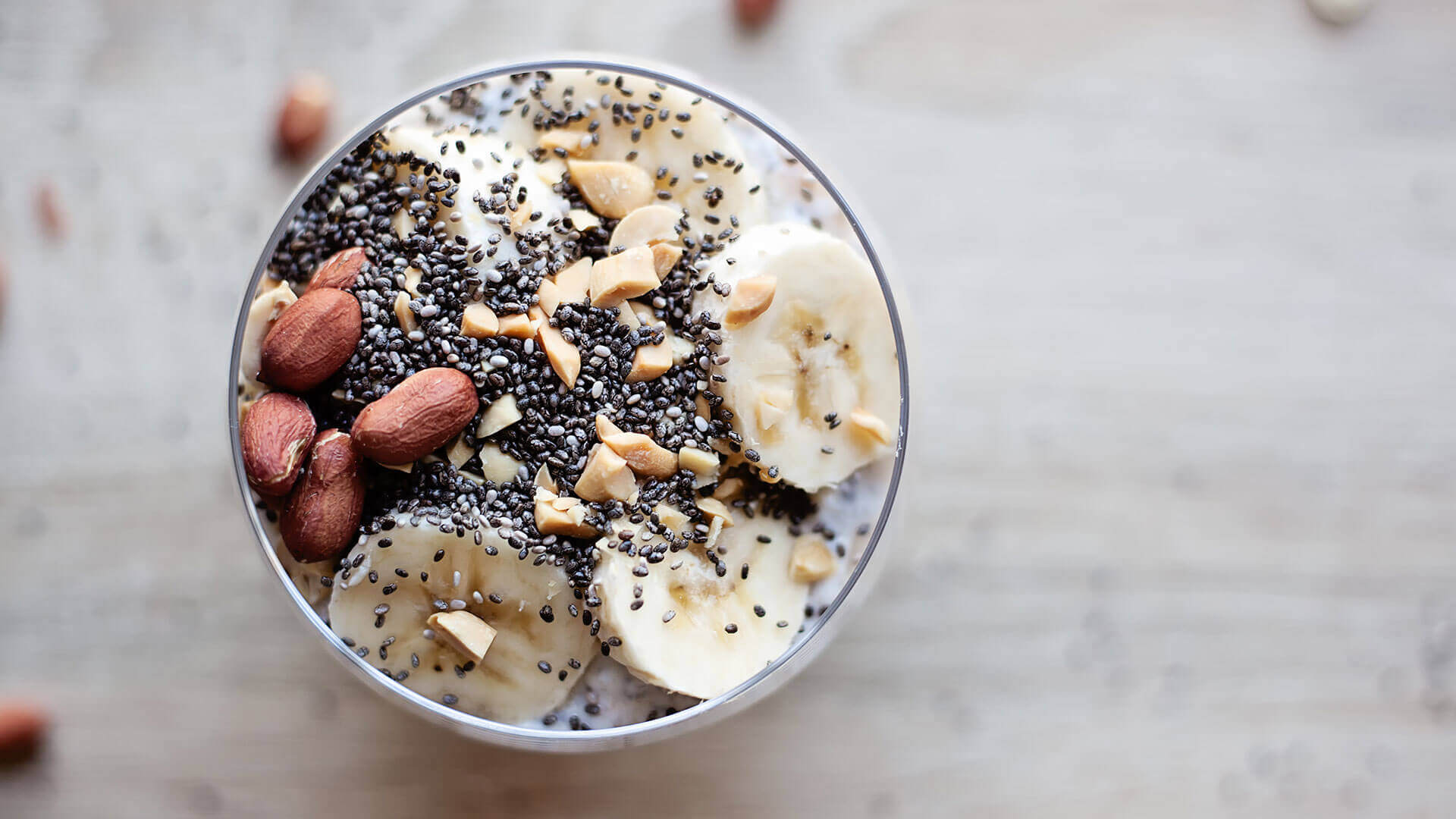

Do you like this post? Share it with friends: